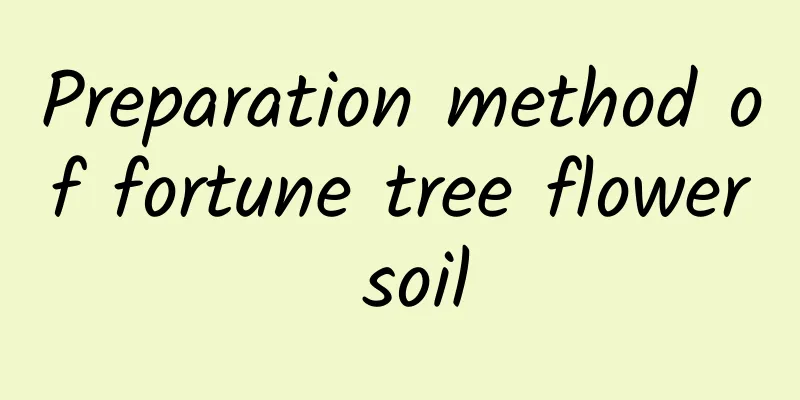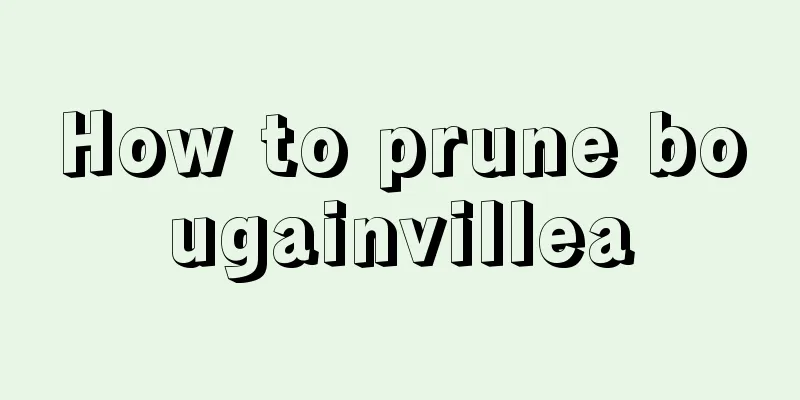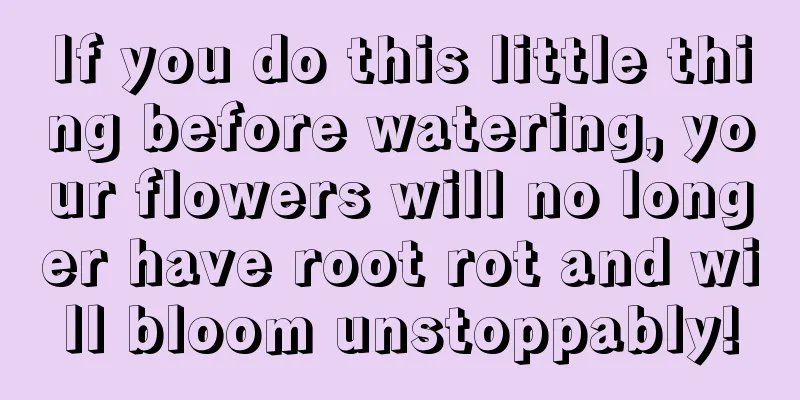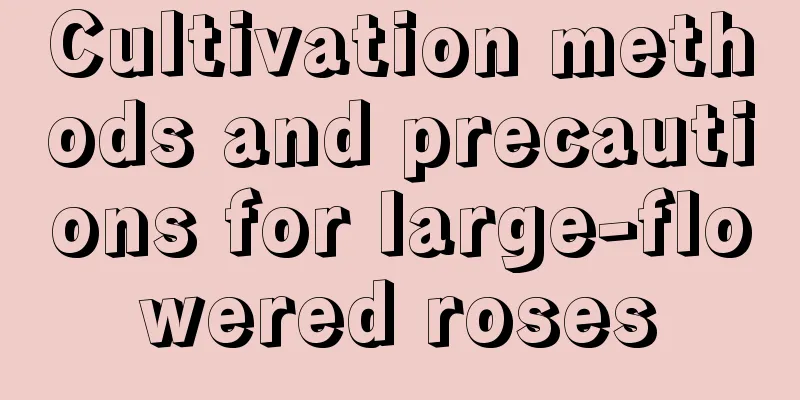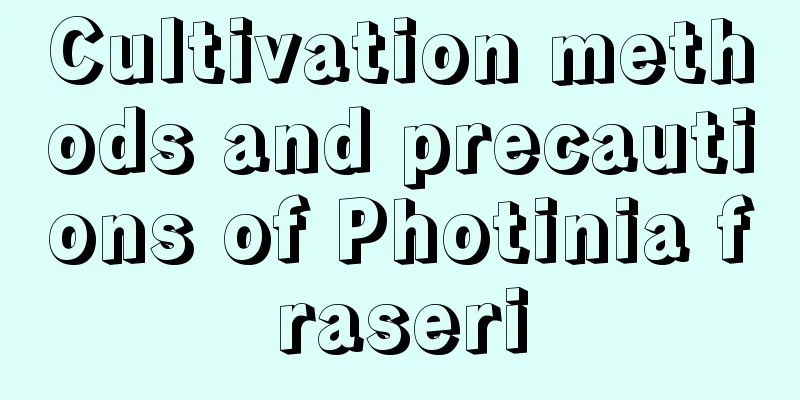Before you change the flowerpot, you need to know this!

The two sides of repotting If you want to give plants more living space, repotting is not a panacea. Repotting also has two sides. If you don’t understand it, it can easily harm the plants. Risks of repotting: Any plant, once its roots have been moved and the soil has been changed, needs to start over and adapt to the new environment to resume growth. No matter how well it grew before, it will all be wasted and need to start over again. After repotting, if the external conditions are not suitable, such as high temperature or cold weather, it will affect its survival, or even kill it directly. Notes on repotting1. Bring more soil. When repotting, keep as much soil as possible on the plant roots and try to avoid bare roots; this is because transplanting with soil is easier for the plant to survive than transplanting with bare roots. 2. Do not damage the roots. When repotting, if the original pot is a soft plastic pot (or paper cup), it is recommended to cut it open so as not to damage the plant roots. 3. Don’t change frequently. Do not repot continuously in a short period of time. For general plants, there should be at least half a year or even longer interval between repotting. However, for plants in the seedling stage, there are special circumstances. Depending on the growth of the seedlings, you can repot them when they grow a circle larger. They can be repotted frequently. 4. Turn off the water supply first. You need to stop watering 3-5 days before repotting. An overly humid environment is not conducive to repotting. Repotting season1. It is best to do it in spring and autumn; if it is a "winter type" plant that hibernates in summer, winter is also suitable. 2. But no matter what, you should never repot it during the high temperature period in midsummer. If you encounter high temperatures after repotting, it will not only affect the growth of the seedlings, but also cause it to die faster. Repotting depends on growth conditions1. It is best to do this during the dormant period and early growth period of the plant. Repotting during these two stages will have little effect on plant growth. 2. It is least suitable to do this during the plant's peak growth period, bud period, flowering period, and fruiting period. Repotting during this period will at best affect growth and cause it to miss the growth period; or cause plants that should have bloomed to miss the flowering period, etc., with very serious consequences. 3. Do not replace plants that are in the seedling stage, because the flowers are already damaged. Replacing them at this time will cause secondary damage and extend the seedling period indefinitely (the plants that should have recovered in a few days will be forced to delay to more than ten days or longer). If the season for repotting is not suitable and you rush to repot in midsummer, they may even die directly. |
<<: Cyclamen flowering period maintenance measures
>>: How to acidify alkaline water in the north
Recommend
How to raise free range pigs
Free-range pig farming is a popular farming metho...
Yacon planting time and technical methods (how to propagate and cultivate to achieve high yield per mu)
At present, yacon has only been successfully intr...
Cultivation methods and precautions of colorful pineapple
1. Maintenance methods 1. Temperature: The most s...
How to water flowers with yogurt
It is very good to use yogurt to water flowers. I...
Why do sunflowers face the sun? Do they turn their heads back at night?
1. Why face the sun? It contains a special auxin ...
How long is the growing cycle of coffee?
Introduction to Coffee Growth Coffee trees are su...
Can the lucky charm be grown in water? What should be put in the hydroponic culture and how much water is appropriate?
1. Can it be raised in water? Although it is not ...
How to grow goldfish flowers and how to grow them
How to grow goldfish in a flower pot Goldfish flo...
How to grow the branches of the almond succulent plant into an old pile? Will it freeze to death in winter?
The branched apricot is actually a succulent vari...
What are the benefits of agave? Is agave poisonous?
1. What are the effects 1. Ornamental effect: It ...
The main role and function of trace element fertilizer (what are trace element fertilizers)
What is trace element fertilizer? Trace element f...
What are the cultivation methods and precautions of Cyclamen
Cyclamen growth habits Cyclamen prefers a warm gr...
Celery pest and disease control
Disease control Common diseases: soft rot, soft r...
What to do if the leaves of the hollyhock turn yellow
1. Replace the soil Reason: Magnolia officinalis ...
How to reproduce the yellow candy orchid
Division Using this method, it can basically be d...
